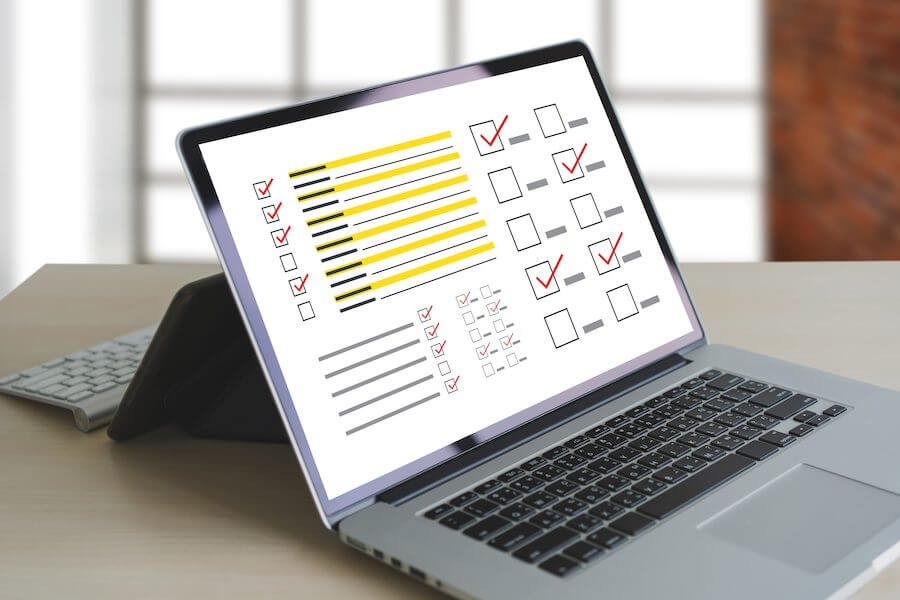When running an organization, there are multiple aspects to keep in consideration in order to ensure proper, effective, and beneficial functioning. The same applies to project management. Conducting a risk analysis is a highly effective method to avoid or mitigate potential risks or threats in such professional scenarios and to make informed decisions in due time, which can be done with additional ease using a risk analysis template.
What is Risk Analysis?
Risk analysis is a method that is used by organizations, usually during the planning phase of a project, to identify, assess, strategize against, and monitor the risks or threats that could potentially cause damage or reduce the intended benefit.
Furthermore, organizations and companies that conduct analysis are perceived as much more professional and ethical by potential stakeholders and investors than those that do not. Therefore, the importance of conducting risk analysis in the initial phases of project management can not be overstated easily.
Types of Risk Analysis
There are typically two types, and Both types are described below to help you select the most suitable one for your project:
Qualitative risk analysis
The qualitative type of risk analysis is more commonly known as compared to the quantitative type, which is described further below.
In this type of analysis, the trained assessor keeps the factors of identification and management of risks in consideration while assessing and rates them in terms of “high”, “medium”, or “low”, which results in helping the organization prioritize them accordingly. This approach is subjective.
Quantitative risk analysis
The quantitative type involves assigning numerical values to the different aspects of the risk analysis. This approach is objective and involves statistical methods to measure, assess and develop risk management strategies based on certain factors such as the probability and impact of the risk(s) in question.
A common statistical technique/tool used in this type of risk analysis is a 5 x 5 risk matrix, which divides the consequences and likelihood of risks involved with a project into 5 categories each for further assessment.
Importance of Using a Risk Analysis Template
Using a template in the analysis and management process is proven to be highly impactful to organizations in terms of time-saving as well as accuracy. A risk analysis template is a document containing pre-set blank fields to input essential relevant information such as the identified risks, their likelihood of occurrence based on certain associated factors, and their impacts and consequences on the particular project(s) in question.
It must also be noted that such a template is known to be most effective in the MS Excel format, as the aforementioned platform is significantly flexible, easy to use, and efficient in terms of the visual representation of the contents input within its fields.
Components Required Within a Risk Analysis Template
A generic risk analysis template requires certain elements to be essentially included in it for the analysis to be conducted effectively.
These elements typically include the following,
Scope and purpose
For a professional and clear risk analysis template, include this component in it. This essential section of the document will cover basic yet important information pertaining to the project in question such as its purpose, goals, and stakeholders involved.
Risk identification
The second component that goes into an effective risk assessment template focuses on risk identification. This section provides information on potential risks or threats identified by the risk assessment team based on internal and external factors.
External factors in the risk identification process are those that you might not have any control over and may be unpredictable, such as natural disasters or sudden side effects of particular activities, which are higher in priority as compared to internal risk factors.
Internal risk factors to take into consideration during this phase are those that can be perceived based on basic assessment, such as inadequacy of the required funding, the element of change management within the organization, technical limitations, and poor communication issues due to the unsuitable assignment of different team members which may cause issues such as significant delays in the project completion.
Risk assessment
Thirdly, in the order of the components of the form comes the section based on risk assessment. Here, the probability of the occurrence of the identified risks, along with the areas that are assumed to be significantly impacted by them in case they occur are presented. Furthermore, this section also covers whether or not the resources currently available to the project team are adequate to respond
Risk response
When considering the element of response(s) that might be required to tackle or effectively mitigate the previously discovered and highlighted potential risks, this section of a risk analysis template is utilized. Examples of responses to consider in case of the occurrence and mitigation of potential threats include the installation of fire alarms as well as water sprinkler systems in case of fire.
Apart from risk mitigation, this section also addresses the other types of responses, such as the following:
- Risk avoidance: In which strategies are utilized to take steps that might help in completely avoiding potential damages beforehand, for example, not partnering with stakeholders who have significant records of legal issues or avoiding the usage of technology that might not be efficient or reliable enough in the longer run.
- Risk transfer: In which the risks are transferred to another party. For instance, outsourcing, by doing which the project team/managers shift the risk to the external company or the outsourced staff, and getting insurance, which enables a backup security system for certain potential risks/threats.
- Risk acceptance: Where certain risks are to be considered caused and their associated contingency plans are meant to be devised in case of actual occurrence, such as considering security breach and investing in security measures or security systems to avoid it.
- Risk sharing: In which you share the risk with other parties (similarly to risk transferring) by involving them in the project’s management procedures, such as attaining healthy partnerships in which each party assumes a particular extent of responsibility in the project, or considering getting co-insurance, which entails the involvement of a second party in the attainment and retaining of certain insurance policy coverages.
Risk monitoring and control
This section of a risk analysis template is based on the information pertaining to the identified risks in terms of how they will be monitored and controlled or attempted to be controlled throughout the project lifecycle.
Typically, this section will highlight factors such as how frequently and using which methods will the risks be monitored and reviewed as well as how they will be communicated among the different facets of the project team.
Risk communication
In this section, you capture and describe and/or present the communication channels involved in the project in adequate detail, for all the individuals involved to benefit from it. This component will typically discuss how frequently communication will be done in normal circumstances, as well as how risks will be communicated.
Risk management
The last component that will highlight the risk management structure. This covers and summarizes the risk management approach, techniques, and roles & responsibilities on a holistic level.
Free Templates
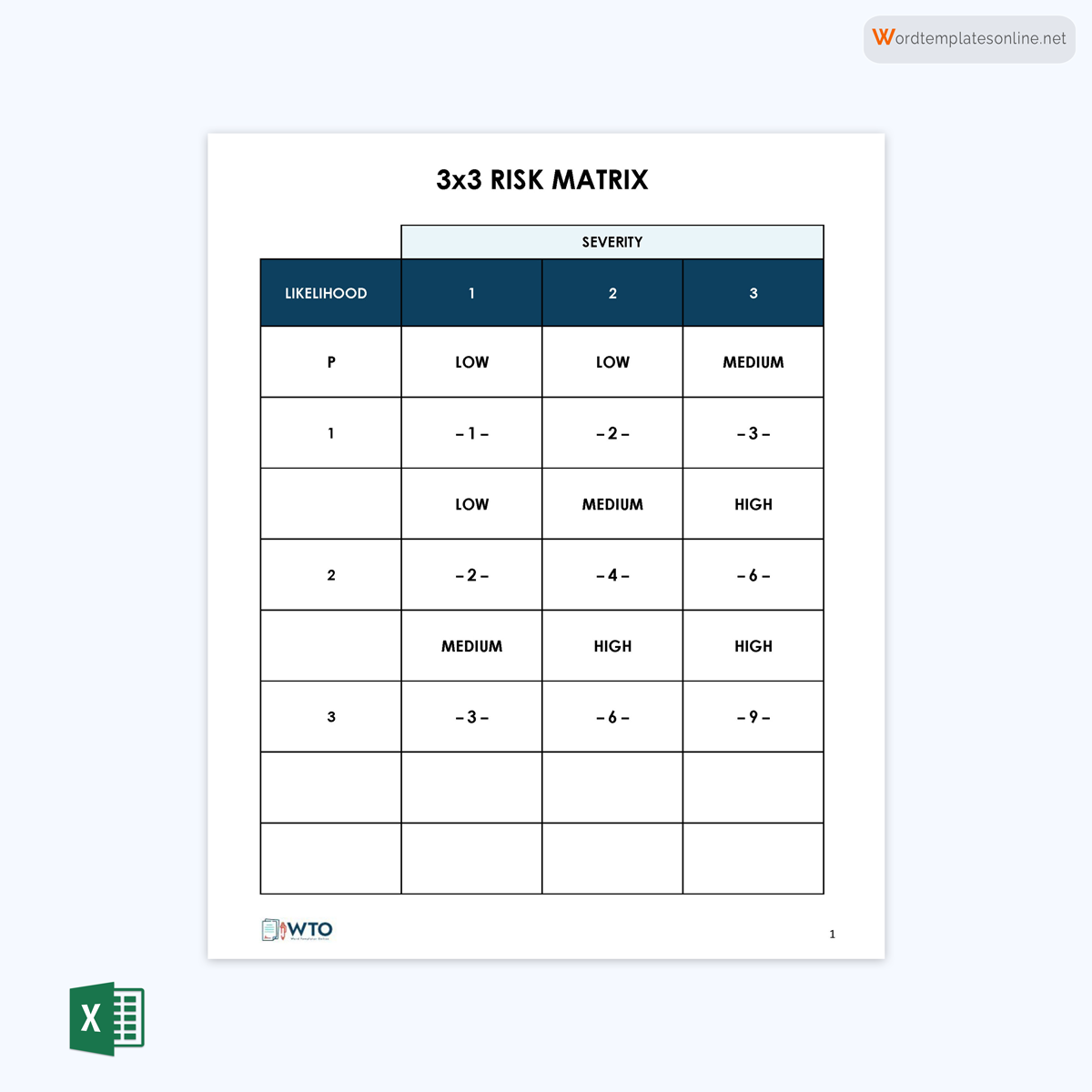
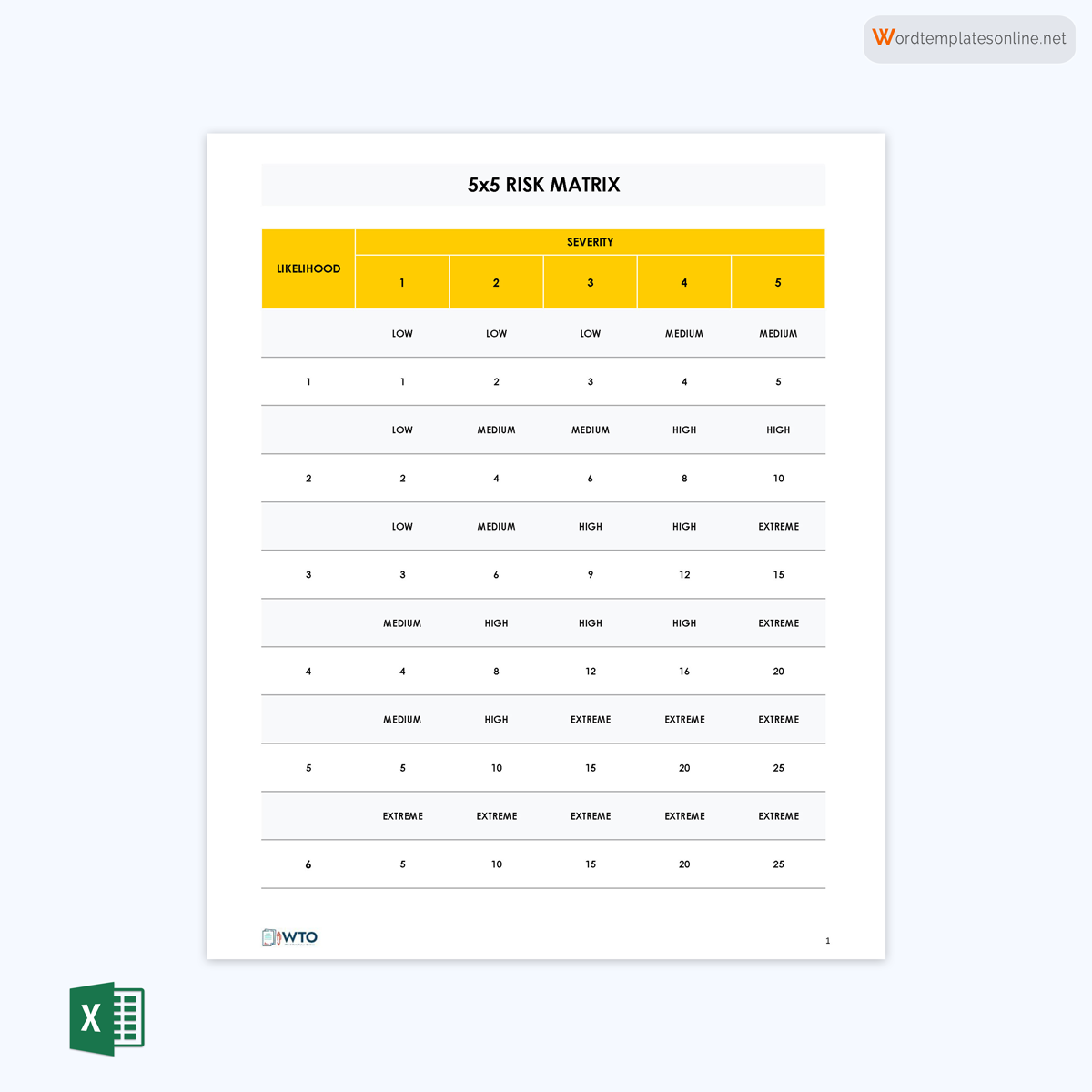
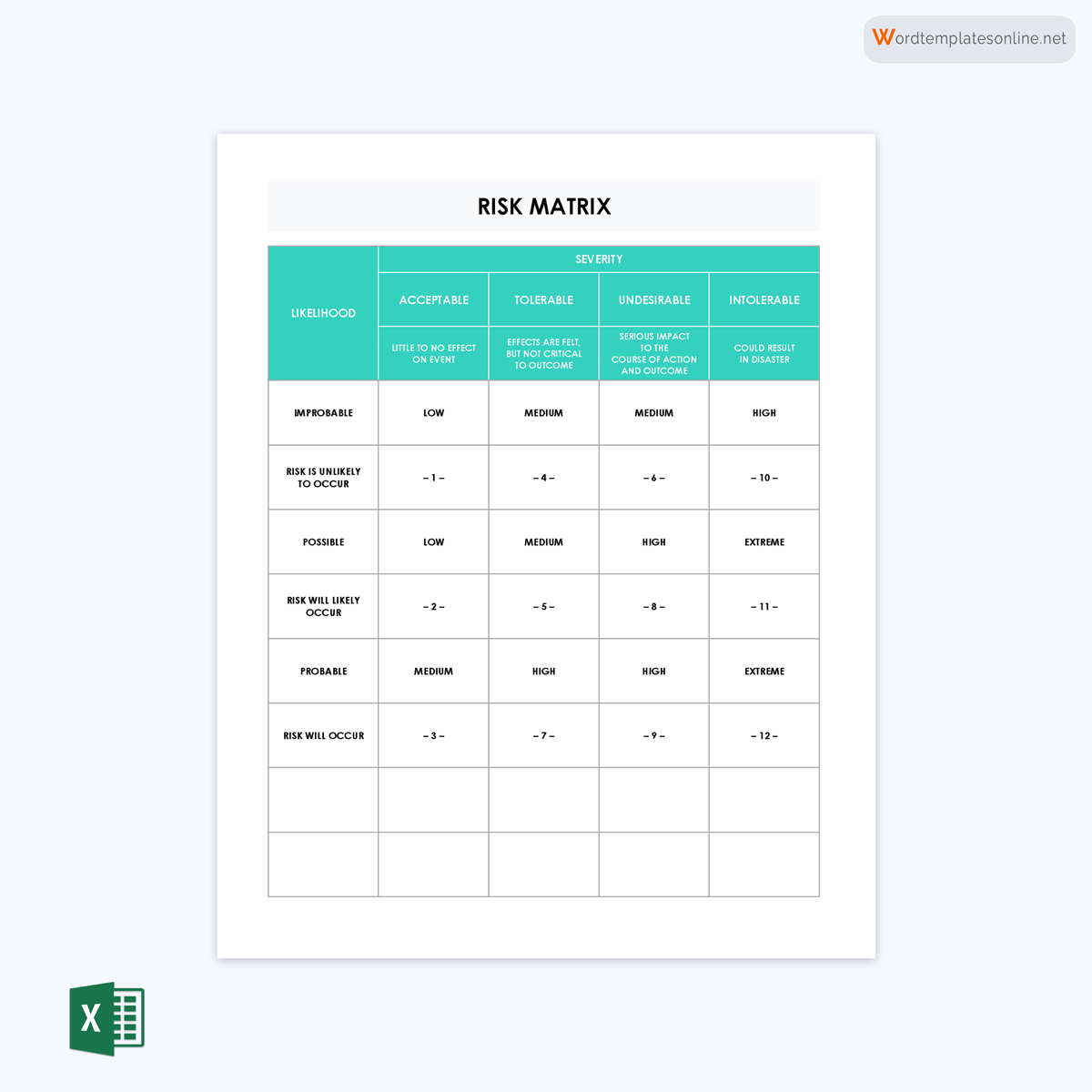
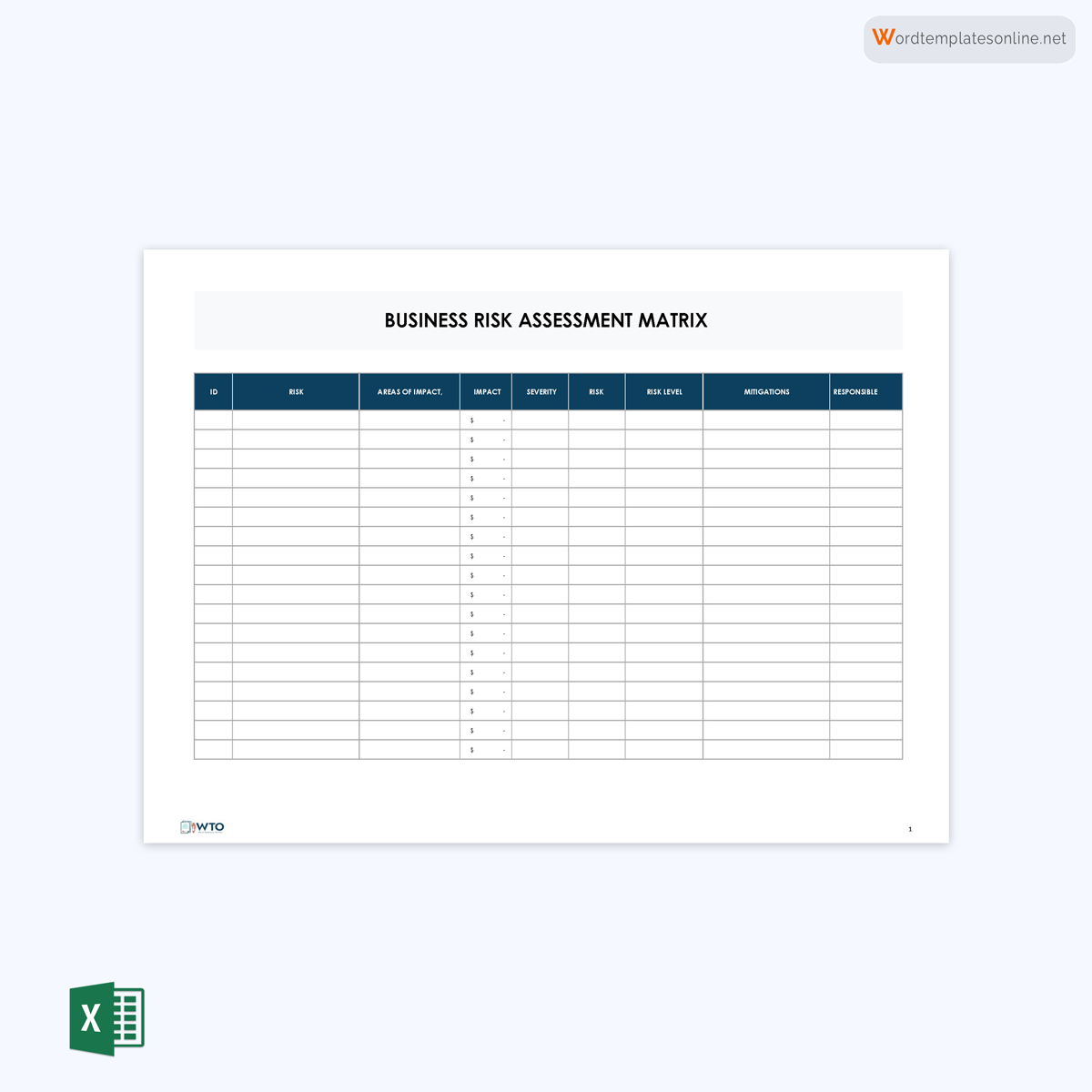
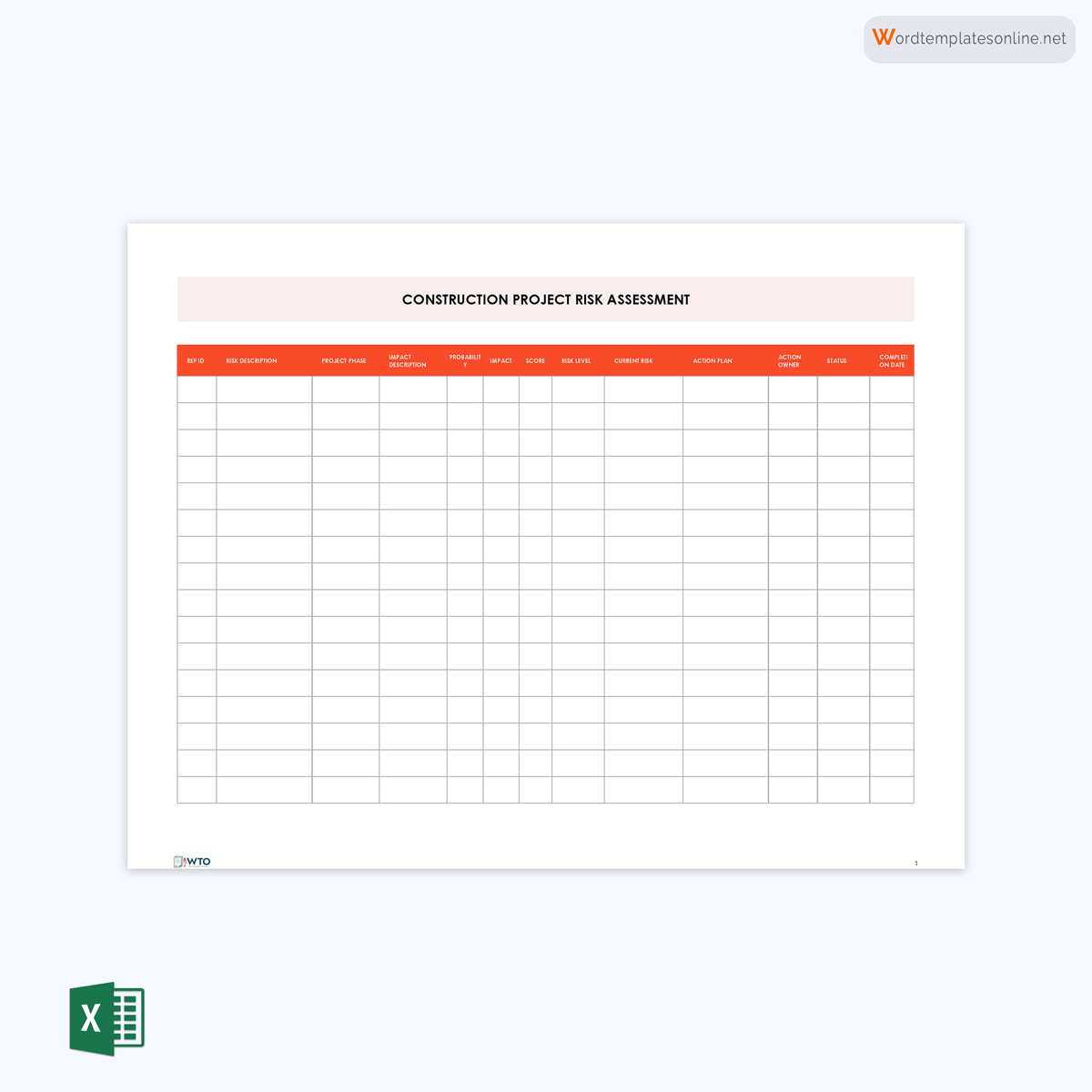
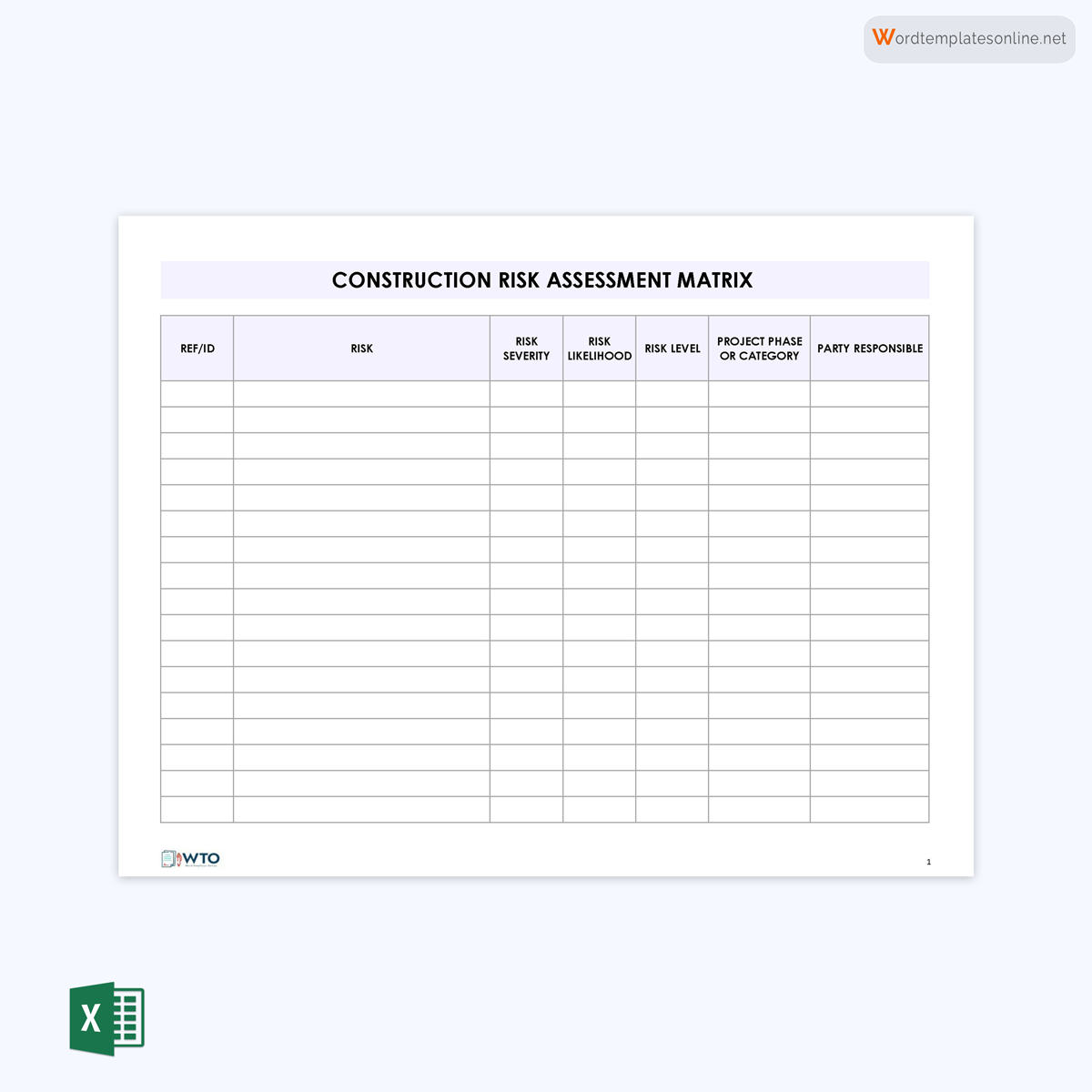
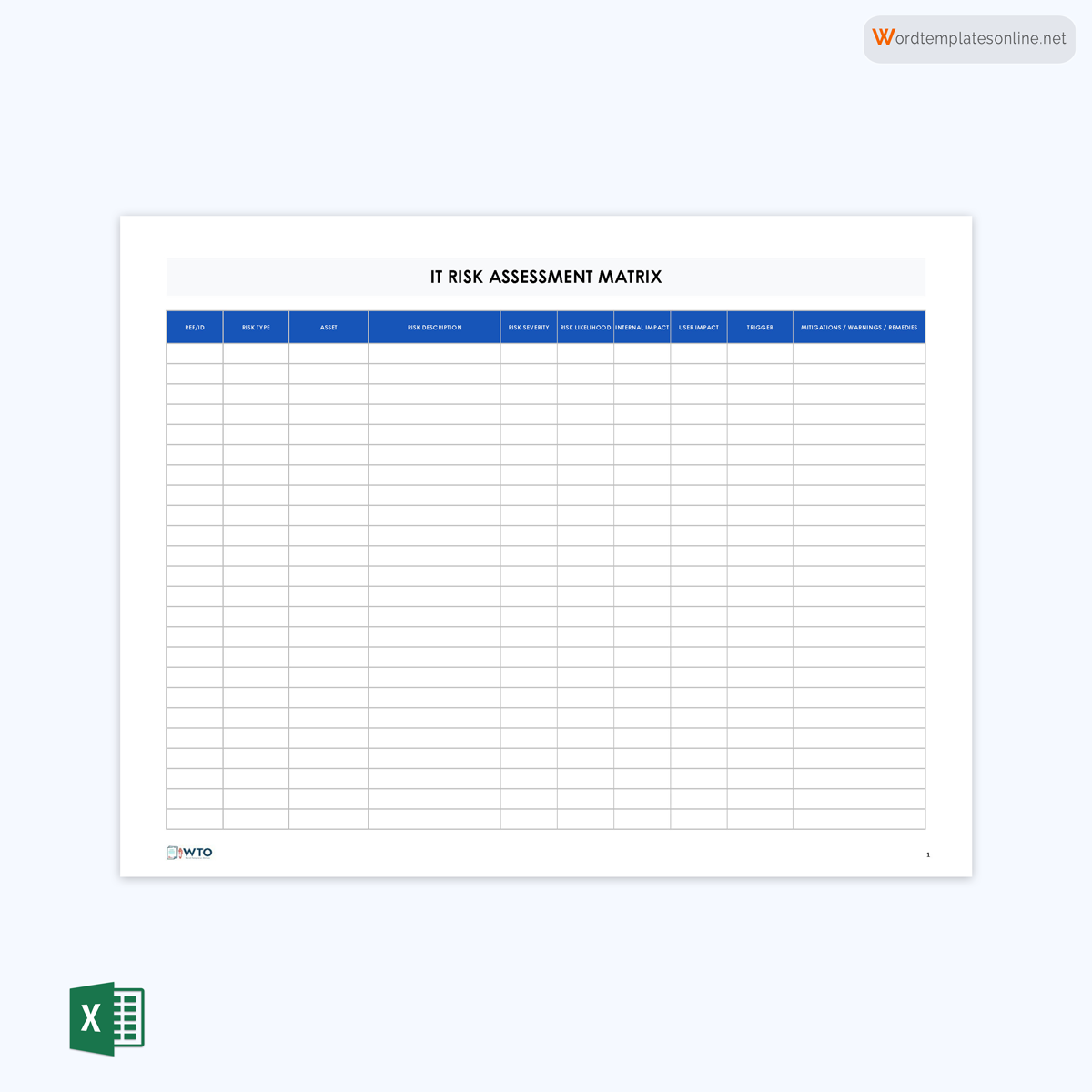
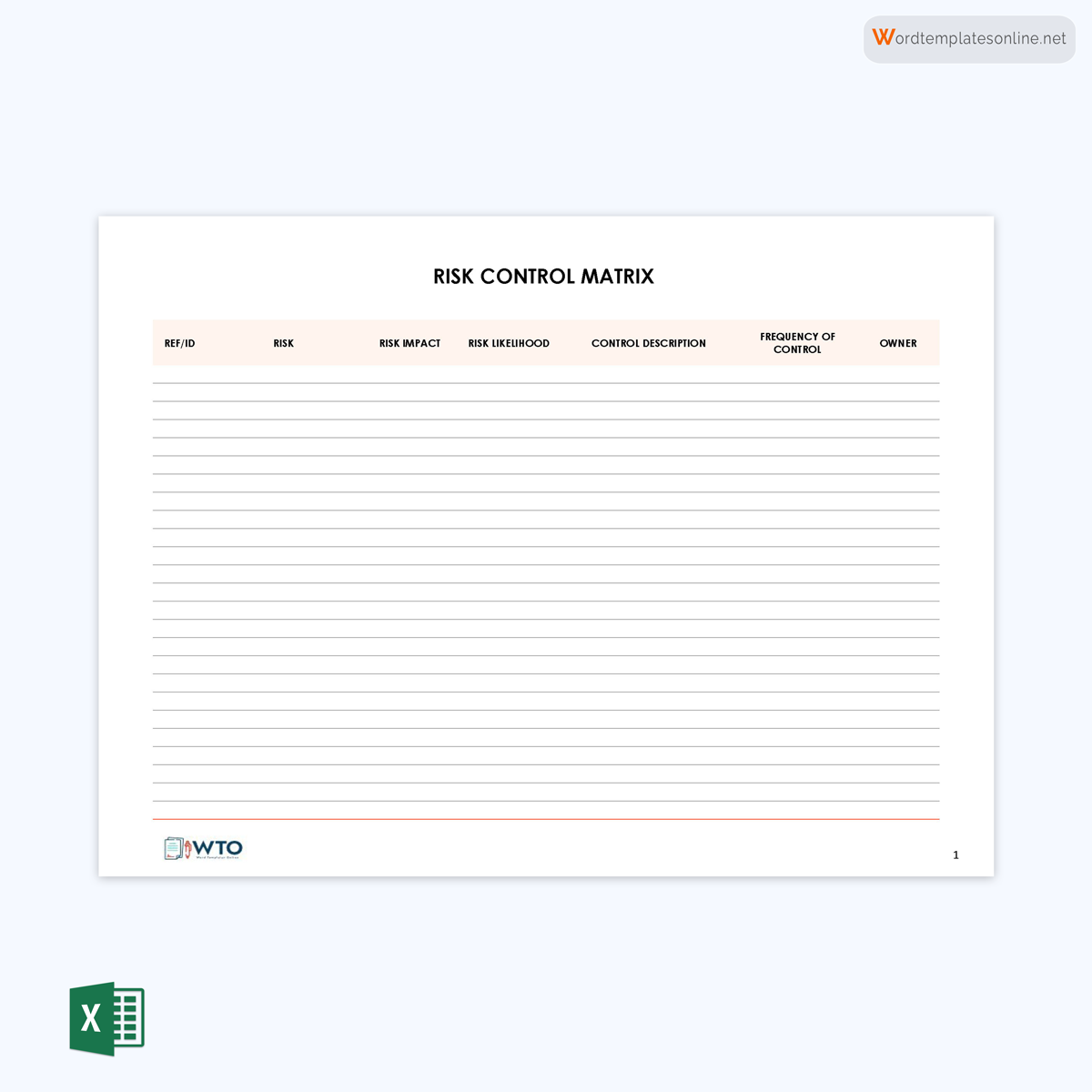
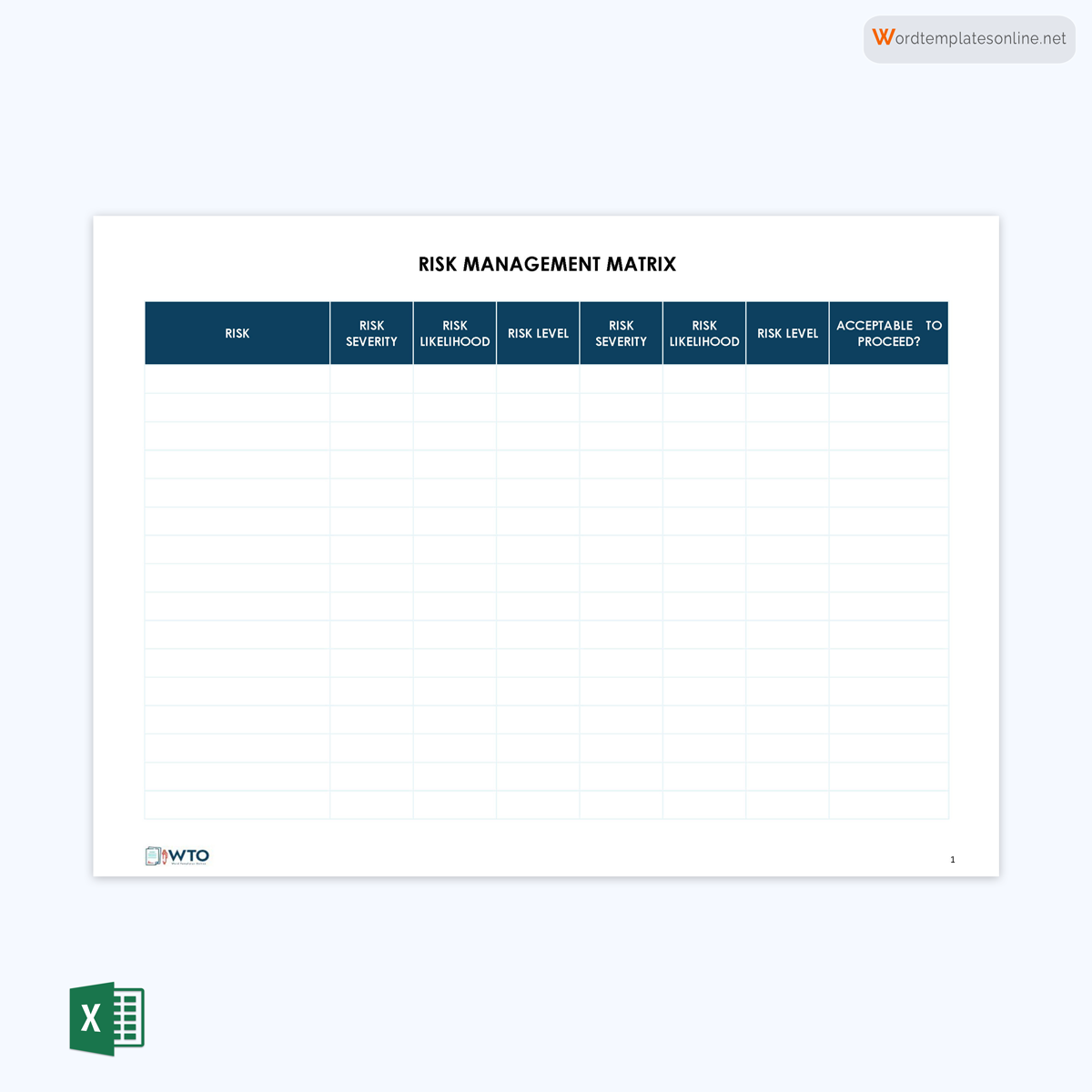
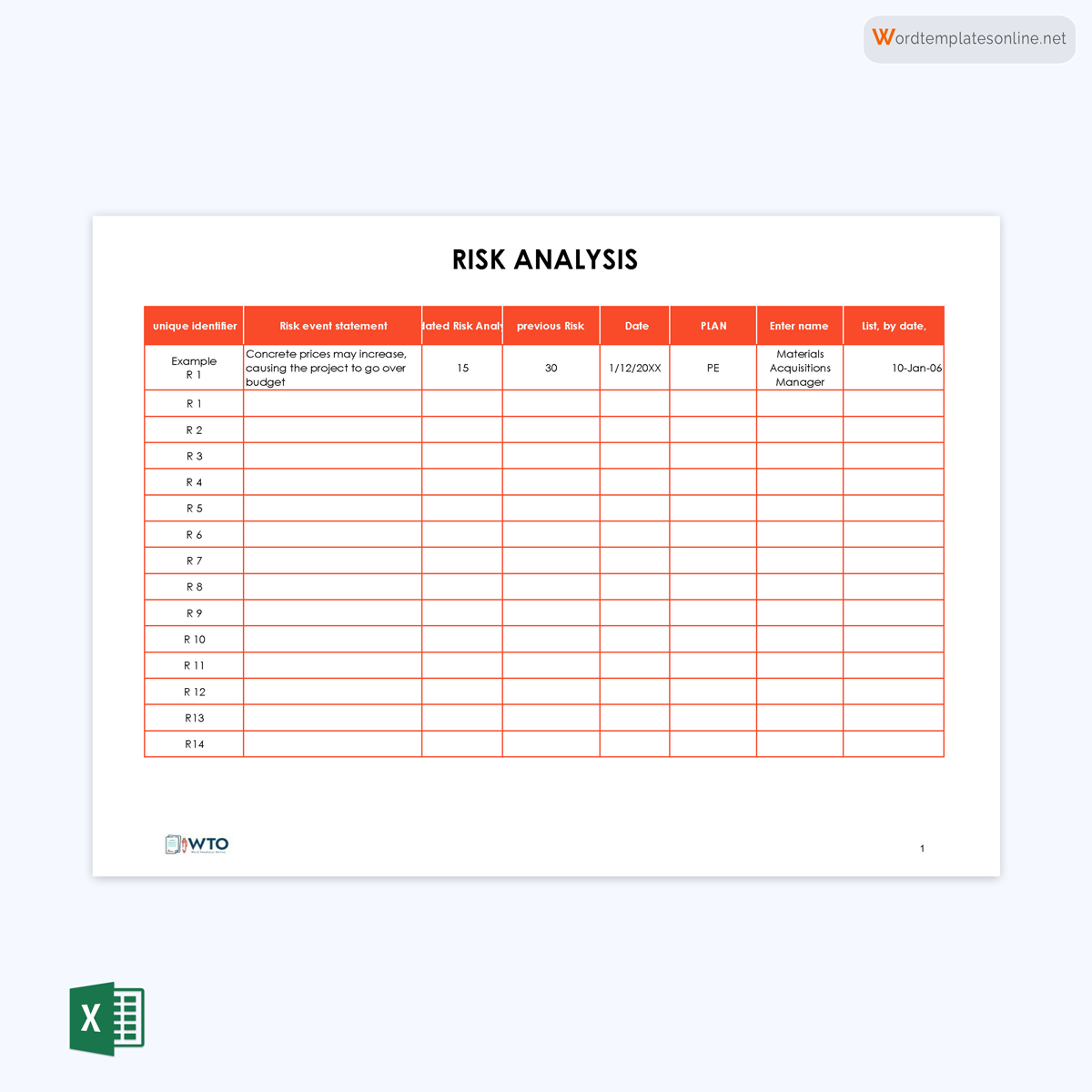
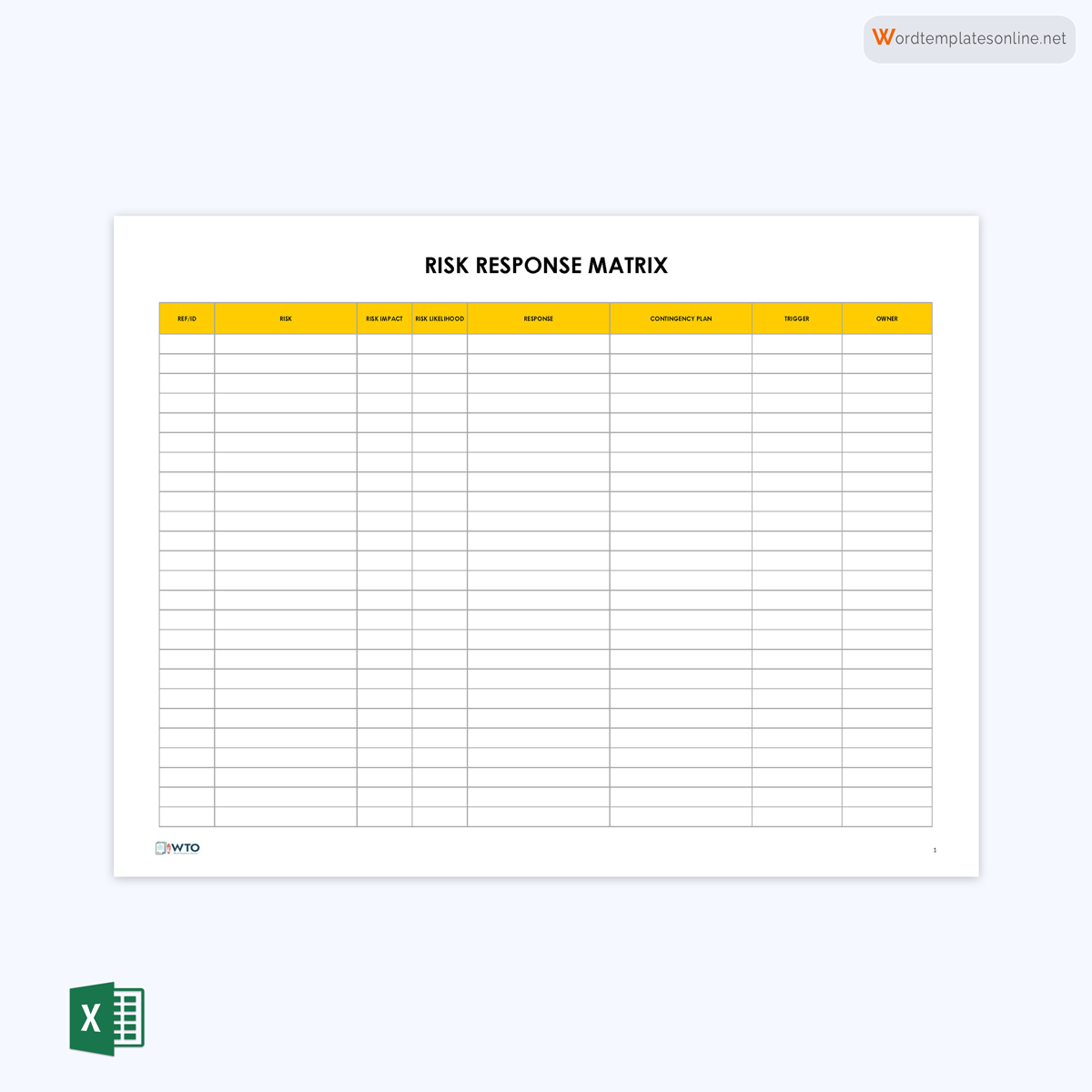
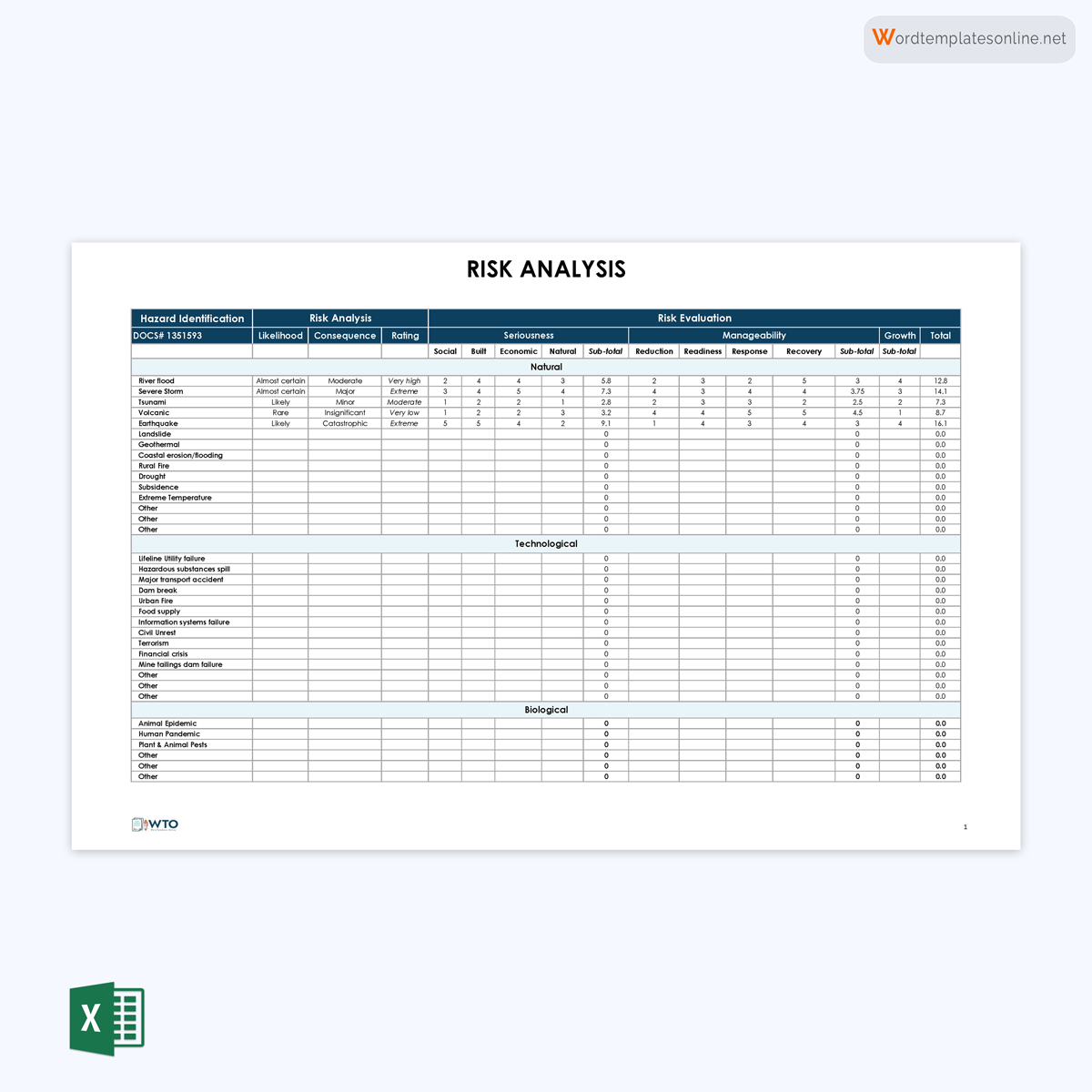
Essential Considerations for Making a Risk Analysis Template
It can be understood that the process of conducting risk analysis within a project’s lifecycle is significantly essential and equally challenging for the project team and managers. However, this can be done so effectively by reducing the extent to which precious time is wasted due to the basic shortcomings of the template utilized in this process.
A few essential considerations that will help you do so in the process of preparing the template are as follows:
Involve relevant stakeholders
Involving essential stakeholders such as project managers and important project team members in the process of preparation of the form to be utilized in the analysis is a significantly essential consideration. Doing so will ensure that most of the essential perspectives and areas are taken into consideration at the right time. Furthermore, it will also ensure the element of unanimity and adequacy of the covered information.
Maintain a realistic approach throughout
It is essential to consider that the template must be realistic and proper throughout. The element of imbalanced subjectivity must be avoided, as that could result in particular sections of the document being either over-exaggerated or understated. Either of the two cases can be harmful for the project.
Use past data and analytics
Using historical data and figures in the estimation and assessment of factors is significantly essential and beneficial for a project team. Doing so ensures that trends and patterns that indicate potential risks are paid due heed to.
Continuously review and update the template
It must be understood that preparing the risk analysis template once and for all is not suitable or suggested, as doing so could lead to negligence in terms of the new challenges or potential risks that are discovered as the project’s life cycle progresses further. It is essential to review a template from time to time and consider additional and newfound risks as well as contingency plans that can be included in it in order to avoid or mitigate significant damage(s). Updating the risk management plans and techniques accordingly is also equally essential.
Conclusion
Conducting a risk analysis is a significantly essential part of a project’s life cycle, and it can essentially benefit an organization or company that is working on the execution of a particular project. There are multiple methods of doing so, most common of which is the qualitative analysis method, in which an appropriately subjective approach is adopted to identify, assess, and strategize against potential risks that could damage the project life cycle significantly. Any project team embarking on the journey to executing a project must pay due heed to conducting a thorough and particularly suitable analysis, so that informed decisions can be made in due time. Utilizing an MS Excel template for conducting analysis is highly suggested, as doing so could ensure consistency, accuracy, and the effectiveness of this document.







